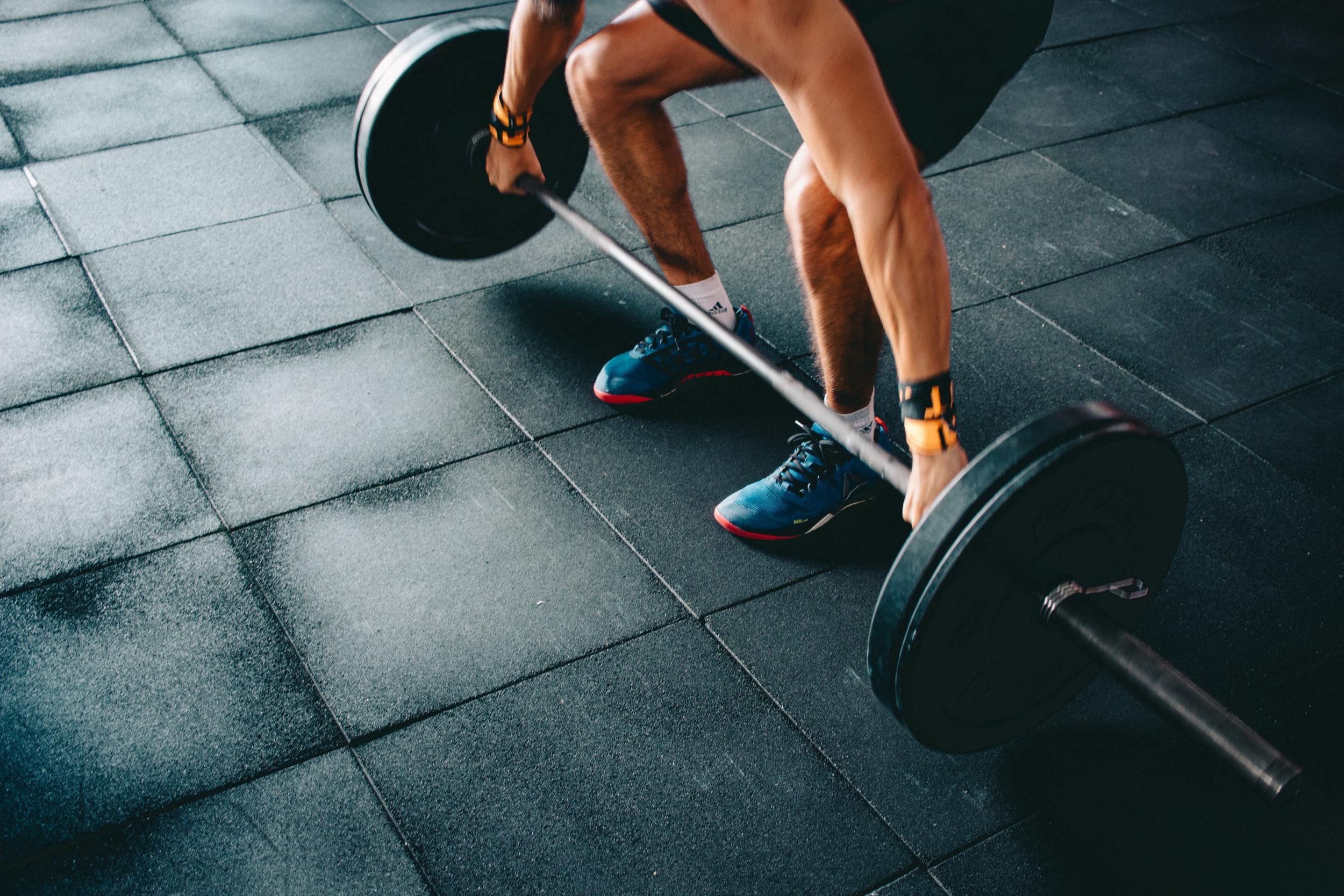Predicting your risk of a range of health outcomes – from type 2 diabetes to depression and even your longevity – is as simple as testing how tight your grip is.
Grip strength refers to the power generated by the muscles of the hand and forearm to perform actions such as grabbing, squeezing an object, or even shaking hands. This action involves a complex interplay between the various muscle groups located in the forearm, as well as the muscles within the hand itself.
Grip strength is a very cheap, easy and non-invasive measure of muscle strength. This test has been used since the mid-1950s as a measure of overall health. Since then, the simple test has been firmly established as a reliable marker of various aspects of health – with some researchers even suggesting grip strength can be used to determine a person’s risk of everything from type 2 diabetes to depression.
The standard method for measuring grip strength involves using a handheld dynanometer – an instrument which can measure a person’s power. This test is usually done while a person is sitting down. With their forearm bent at a 90-degree angle and wrist held in a neutral position, the person then squeezes the dynamometer as hard as they can – usually three separate times for one minute each.
The average of the highest readings from each hand, or sometimes just the dominant hand, is then recorded as the person’s grip strength. This can be measured in both kilograms or pounds. A grip strength value of under 29kg for men and 18kg for women is typically considered low. You can pick up a handgrip dynamometer for under £5 should you wish to test at home.
Not only is grip strength a trusted indicator of overall health, it’s also strongly correlated with overall muscle strength and lean body mass across a person’s lifespan.
Moreover, the stronger a person’s grip is, the more independent they will be in their daily life as they get older. This means they’ll be able to perform normal daily activities without assistance, such as rising from a chair and moving around the house.

A substantial body of evidence also shows low grip strength is not only linked with greater susceptibility of a wide range of chronic diseases – including cancer and cardiovascular disease – but greater risk of early death due to these chronic disease, as well.
Researchers have also observed links between low grip strength and greater risk of depression, anxiety and diabetes, to name a few.
There’s also a significant association between grip strength and a person’s lifespan. In this study, people who died before the age of 79 were 2.5 times less likely than those who lived to be 100 to be in the top 33 per cent for grip strength when they were middle aged.
However, in a 12-year prospective study published in 2022, the authors reported that baseline hand grip strength was the same in participants that died between the beginning and end of the study as in those who survived. But walking speed, speed of standing up from a chair and leg press strength were all worse in the people that died than in those that survived. This tells us is that there are better predictors of longevity than grip strength – such as total body muscle mass and leg strength.
So why is it that such a simple measure can tell us about the risk of so many diseases, and ultimately death? The answer is that grip strength is a proxy measure of total muscle strength and size. This means that grip strength alone is not a cause of early mortality or disease, but is correlated with a cause of early mortality or disease (such as low muscle mass or muscle strength of the legs).
Muscle mass is crucial for overall health. It plays an integral role in our metabolism. For example, muscle helps regulate blood sugar by removing glucose from circulation. This may explain why muscle mass protects against developing diabetes.
Muscle also releases chemicals called myokines, which act upon other tissues and organs in the body – such as fat, our bones, the gut, liver and even our skin and brain. These myokines generally appear to have a protective effect on all of these tissues. This suggests muscle provides more than just the power we need to move our bodies.
Improving your grip strength
Unless you’re a rock climber or otherwise need a strong grip, there’s not much point working specifically on improving your grip strength. Although grip strength is linked with longevity and disease, this is because grip strength is an estimate of total body strength.
As such, if you want to improve your health and strength, you should focus on training your leg strength. Leg strength is particularly important for health and fitness as it permits movement and helps you continue doing tasks independently in your daily life. Research also shows a correlation between leg strength and a person’s risk of chronic disease and their longevity.
You can also add in other movements such as deadlifts, press-ups and pull-ups to build strength in your core, back and arms.
Grip strength values serve as a very cheap and easy measure of a person’s overall health. It’s a cost-effective tool for measuring health but there are better ways to improve health with exercise.
Lawrence Hayes is a Lecturer in Physiology at Lancaster University.
This article is republished from The Conversation under a Creative Commons license. Read the original article.





